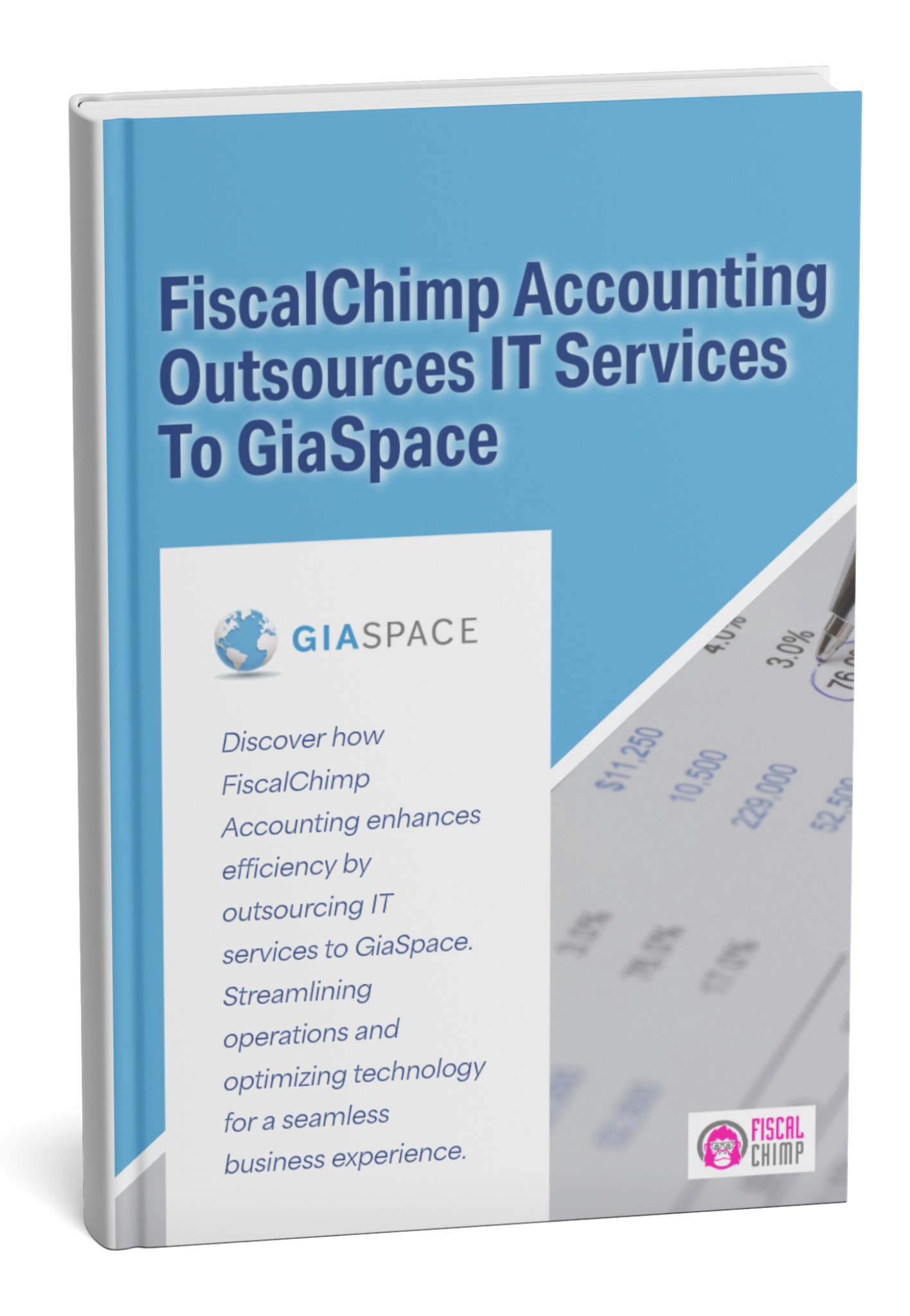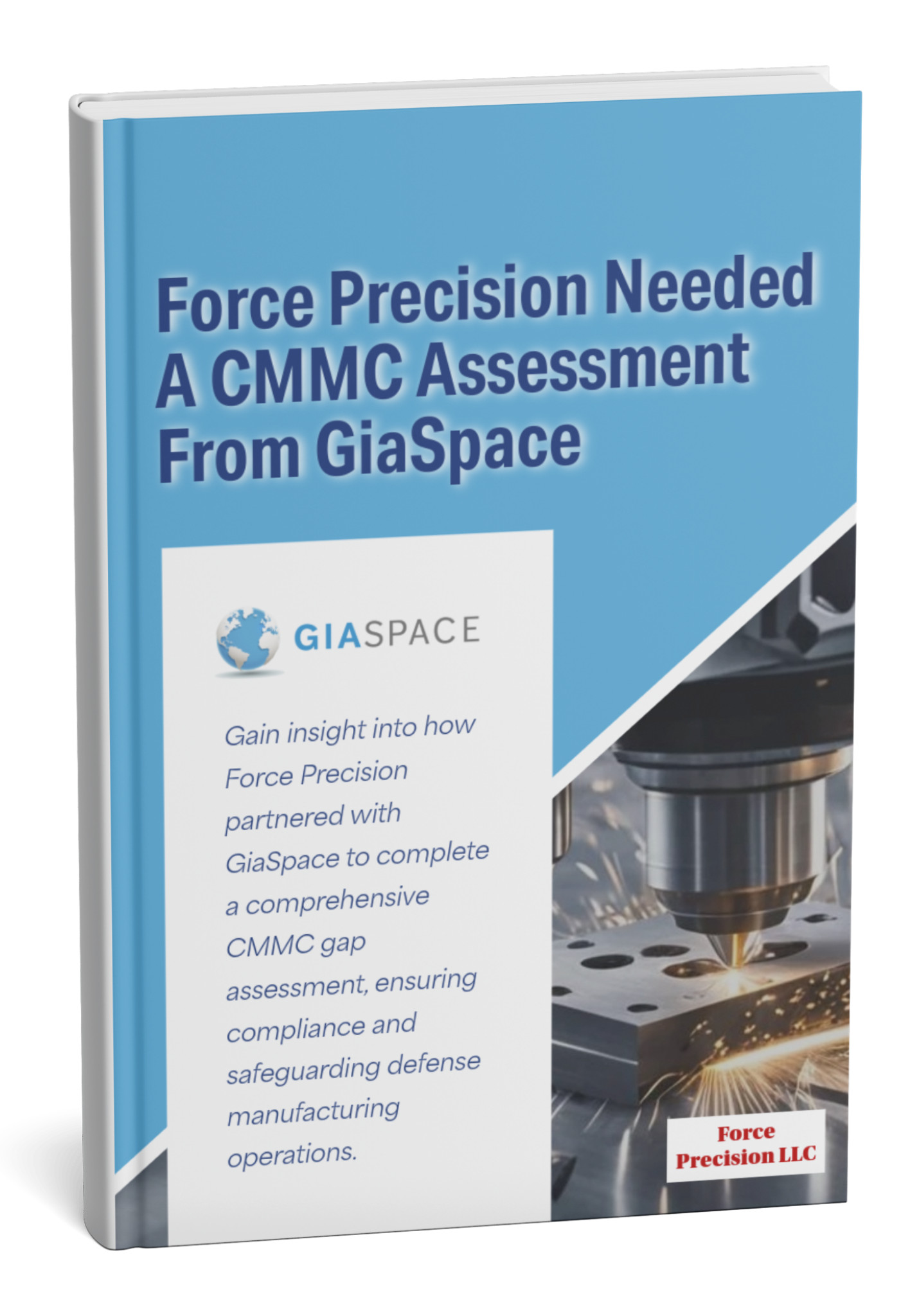Server migrations are never “fun,” but in 2025 they’re unavoidable. Between cloud shifts, hardware refreshes, virtualization upgrades, or consolidations, your IT crew will be under pressure to move workloads smoothly, securely, and with zero (or near-zero) business disruption.
If you wing it, you invite data loss, compatibility chaos, or extended downtime. But if you go in with the right checklist, you turn what could be a grenade into a well-orchestrated operation.
That’s why every IT team needs a solid server migration checklist, a roadmap that ensures smooth execution, secure data transfer, and zero surprises. Whether you’re moving on-prem to cloud, upgrading outdated systems, or consolidating environments, this guide from Gia Space covers everything you need to do it right.
Why You Need a Server Migration Checklist
As of 2025, 94% of enterprises worldwide are utilizing cloud computing, with 72% of global workloads now hosted in the cloud, up from 66% the previous year. A migration checklist keeps your team organized, aligned, and ready for anything. It helps you:
- Plan and define goals
- Mitigate risks before they become disasters
- Ensure compliance and data integrity
- Keep downtime to an absolute minimum
In short, it saves time, money, and sanity.
Phase 1: Pre-Migration Planning
Every smooth migration starts with meticulous prep.
1. Define Scope & Goals
Know why you’re migrating, cost efficiency, performance, or modernization. Identify what’s moving (servers, apps, databases) and what success looks like.
2. Build Your Team
Assign clear roles, project manager, sysadmins, security lead, and QA testers. Everyone should know their responsibilities before the migration window.
3. Map Dependencies
Document every connection, apps, databases, firewalls, network paths. A single missed dependency can bring everything down.
4. Back Up Everything
Follow the 3-2-1 backup rule (3 copies, 2 formats, 1 off-site). Test your backups before migration. A backup that’s untested is a gamble.
5. Set Baselines & Risks
Measure current performance and plan for contingencies. Create rollback procedures if something fails mid-migration.
6. Run a Pilot Test
Start small. Migrate a non-critical server first to validate the process, performance, and integrity.
Phase 2: Migration Execution
This is go-time. The goal, zero data loss, minimal downtime.
1. Confirm the Go-Ahead
Double-check backups, approvals, and resource availability. Lock change windows to prevent last-minute disruptions.
2. Pause Services & Transfer Data
Freeze writes, stop active services, and start data transfer via replication or snapshot tools. Validate integrity with checksums after transfer.
3. Update Network Configurations
Reassign IPs, DNS entries, and firewall rules. Verify connectivity before turning services live.
4. Install & Configure
Deploy OS updates, patches, and security tools. Reinstall applications, restore configurations, and validate compatibility.
5. Test Everything
Run functional, performance, and integration tests. Check that databases connect properly, apps respond quickly, and no data is missing.
6. Monitor in Real-Time
Watch resource usage, error logs, and latency. Quick detection = faster recovery if something goes wrong.
Phase 3: Post-Migration Validation
Your migration is complete, but the checklist isn’t.
1. Full System Testing
Conduct load and user acceptance tests to confirm everything runs smoothly. Compare results with your pre-migration baselines.
2. Tune Performance
Adjust caching, database queries, and memory allocation to optimize performance. Right-size your cloud instances to cut costs.
3. Decommission Old Servers
Once confident, retire legacy hardware securely. Wipe disks, revoke credentials, and remove unused configurations.
4. Audit & Compliance
Verify encryption, firewall policies, and access controls. Document everything for compliance and future audits.
5. Continuous Monitoring
Set up proactive monitoring and alerts. Keep an eye on latency, error rates, and uptime for at least two weeks post-migration.
Common Migration Mistakes to Avoid
- Skipping a Pilot Run – Always test first.
- Underestimating Downtime – Communicate clear expectations.
- Poor Documentation – Keep detailed notes of every step.
- Ignoring Security Settings – Recheck firewall and permissions.
- No Rollback Plan – Always have a backup route.
Quick Checklist Summary
| Phase | Key Steps |
| Pre-Migration | Define goals, back up data, test pilot |
| Migration | Transfer data, test integrity, monitor performance |
| Post-Migration | Tune systems, decommission old servers, verify compliance |
How Gia Space Simplifies Server Migrations
At Gia Space, we make complex migrations simple. Our team ensures your data moves seamlessly, no downtime, no data loss, and no chaos.
We handle:
- Cloud, hybrid, and on-prem migrations
- Real-time monitoring and rollback management
- Security compliance and post-migration optimization
When you partner with Gia Space, your migration isn’t just successful, it’s stress-free.
Conclusion
A server migration isn’t just a technical task, it’s a business transformation. With the right server migration checklist, you can turn a high-risk move into a seamless transition that boosts efficiency, scalability, and security.
Plan carefully. Execute precisely. Optimize relentlessly.
And when you need expert hands on deck, Gia Space is your trusted IT partner for every step of the journey.
Ready to migrate with confidence?
Contact Gia Space today to build your perfect server migration plan and future-proof your IT infrastructure for 2025 and beyond.
FAQs
1. How to prepare for a server migration?
To prepare for a server migration, start by defining goals, creating backups, mapping dependencies, and benchmarking system performance. Develop a detailed migration plan with roles, timelines, and rollback procedures. Always test the migration in a staging environment first to identify risks and ensure a smooth, secure transition.
2. What is the process of server migration?
The server migration process includes planning, backing up data, transferring applications and configurations, testing functionality, and optimizing the new environment. It typically follows three phases, pre-migration preparation, execution, and post-migration validation, ensuring minimal downtime, data integrity, and full operational continuity once the migration is complete.
3. What are the five migration steps?
The five core steps of a server migration are: (1) planning and assessment, (2) creating secure backups, (3) transferring data and configurations, (4) testing and validation, and (5) post-migration optimization. Each stage ensures data security, compliance, and reliable performance during and after migration.
4. How do you migrate servers?
Server migration involves transferring data, applications, and configurations from one environment to another using replication or snapshot tools. The process includes planning, data backup, controlled transfer, testing for performance and security, and decommissioning old systems. Proper monitoring and rollback strategies ensure a seamless and secure migration experience.
Published: Oct 13, 2025







